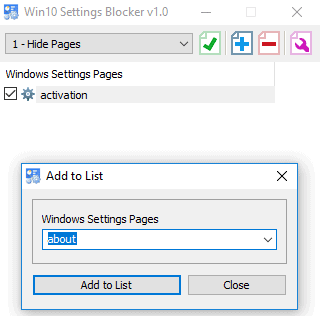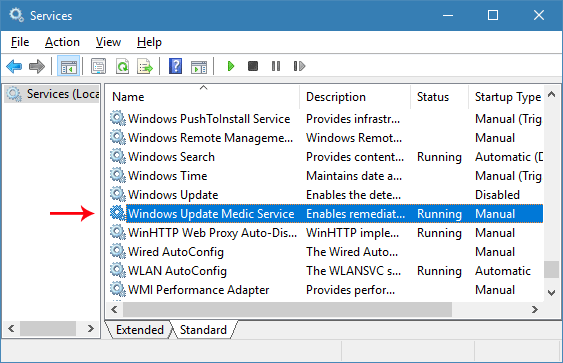

To get the group SID, in the command line, run:
To apply the policy to a specific group, enter its SID. To apply the policy to more users, either put the users in a group, or copy the policy and update the name. If you don't know the username, get a list of all users on the device by running: Where username is the username of the user on the device. 
To get their SID, in the command line, run: To apply the policy to a specific user, enter their SID.To apply the policy to all users on the device, enter S-1-1-0.The users or groups the policy applies to: The app file type (must match the OMA-URI):Ī name for the policy. For specific use cases, such as grouping multiple policies into one file, see the examples. Edit the XML to replace the placeholders with their values.Copy the following XML into a text editor:.The publisher name is a long string, such as O=MICROSOFT CORPORATION, L=REDWOOD, S=WASHINGTON, C=US and you must include the whole string. PublisherName\ ProductName\ BinaryName, BinaryVersion The values have the following format and correspond to values you'll use in the XML: In the response, find and record the values in the Publisher line.Run Get-AppLockerFileInformation -path PathToExe | format-list, where PathToExe is the path to the executable file.On a Windows device, download the app executable file (the one that ends with.If you want to block all apps with a certain file type, you can skip this step. If you want to block a specific app, get the app information.

Tip: In a search engine, search for online GUID generator.
Use an online GUID generator to get a random GUID. Important: To block different types of app files (EXE, MSI, Script, StoreApps, and DLLs), you must create separate custom settings. These instructions show you how to build a single policy, but you can combine related policies for apps with the same file type in one XML file. To create the XML file, you can use the command line in PowerShell or the GUI in Windows Group Policy editor. Step 1: Specify allowed and blocked apps in an XML file You can block individual apps or all app files that match a certain type, such as EXE or MSI files. You specify the apps in an XML file that you upload as the value of the custom setting. When you manage Windows devices in your organization with Windows device management, you can restrict which apps are allowed on those devices by adding custom settings in the Google Admin console. Supported editions for this feature: Frontline Starter and Frontline Standard Business Plus Enterprise Education Standard and Education Plus Enterprise Essentials and Enterprise Essentials Plus Cloud Identity Premium.







 0 kommentar(er)
0 kommentar(er)
